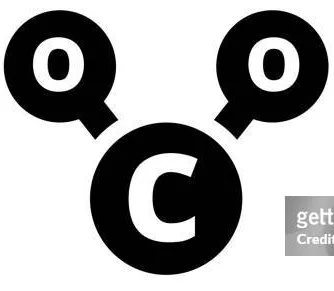SSONKO'S EXCLUSIVE CARBON CAPTURE.
Carbon dioxide gas to a Carbonate to rust
Origin of iron rusting.
” Nature Publishing Group, May ,31, 1906″
The first view taken of the atmospheric corrosion or rusting of Iron was that; Rusting was due to a simple process of oxidation.
- In 1871, Crace Calvert described rusting in using many experiments.
- In 1888, Professor Crum Brown based on Crace Calvert’s descriptions on rusting and he suggested that, the first stage in rusting of iron is the production of iron (II) carbonate ; (When Iron reacted with carbonic acid). The water in the atmosphere reacted with the carbon dioxide gas in air to form carbonic acid. It is this acid which reacted with Iron to form Ferrous Carbonate. The ferrous carbonate produced later reacted with oxygen in the presence of water to form rust
- In 1898 however, Professor Dunstan, a lecturer at the Royal Artillery Institution, explained that, Iron in presence of oxygen and water, first produced iron (II) oxide and hydrogen peroxide.
The portion of hydrogen peroxide later converted the ferrous oxide into ferric oxide (rust), and the process continues in a similar order.
- The current explanation for the origin of iron rusting has been developed by different scientists including Jowett and Goulding, Dr.G.T. Moody, and Albert Holderness, among others….
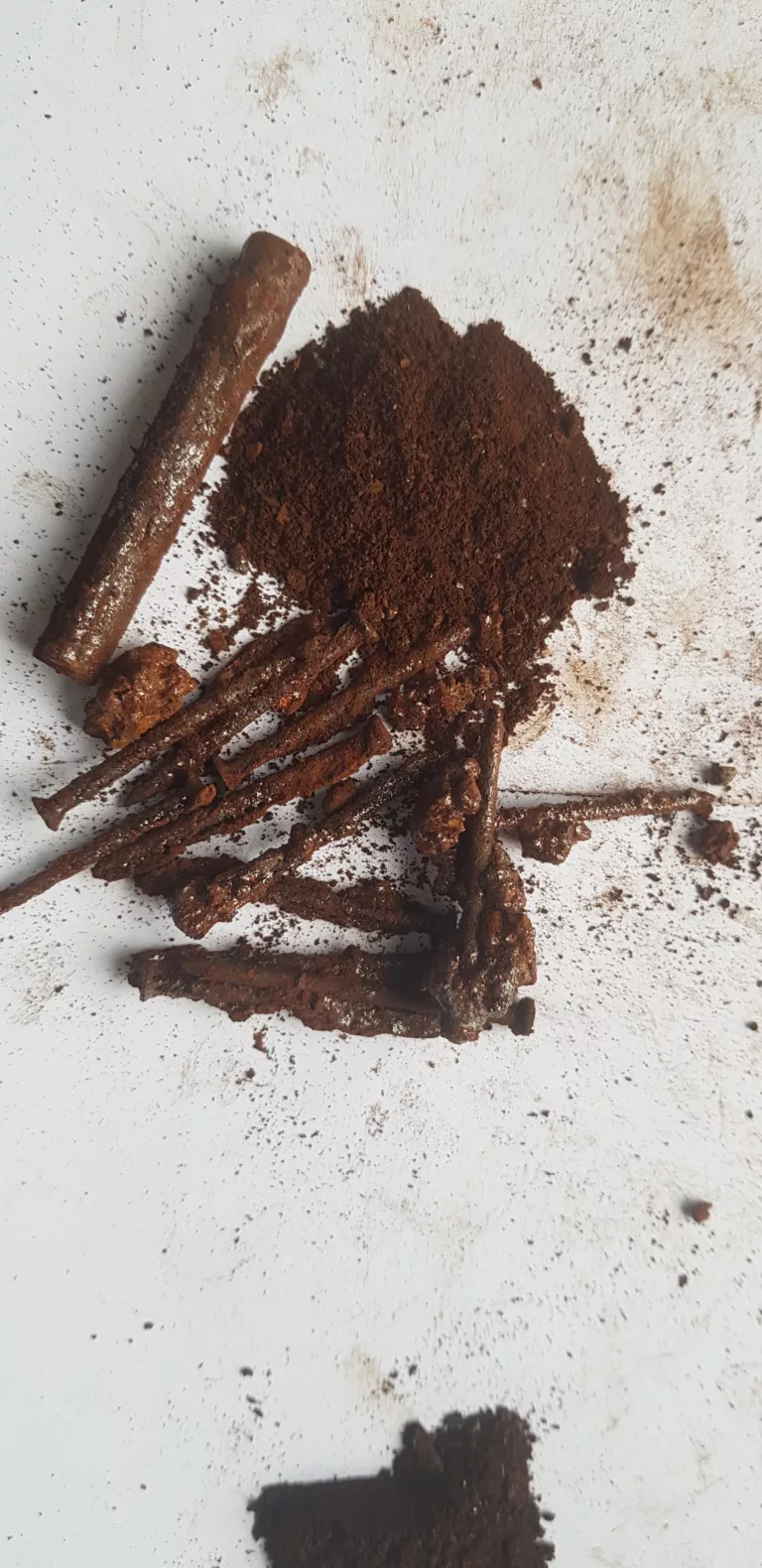
In a chemistry text book called:
Advanced Level Inorganic Chemistry,
by A. Holderness
under content No. 11. (The d-block elements); Pages (432 – 448),
Rusting of Ferrum (Iron metal) is a very complex subject; indeed it is not yet fully explored, and its potentials were underestimated.
Conditions necessary for rusting to occur according to A. Holderness, are only liquid water and oxygen.
In water, Ferrum exibits cathodic areas and anodic areas. This makes a cell but which is at short circuit.
Oxidation of the ferrum occurs at the anode
Reduction takes place at the cathode
Ssonko's special theory for iron rusting
In an anaerobic system, Ferrum readily reacts with water to form Ferrous hydroxide, which is unstable. The ferrous hydroxide will by all means seek for stability by attacking any oxygen rich substance like a carbonate of a metal lower than Iron itself in electro chemical series. Therefore, forming Ferric oxide hydrated (rust), at a very high rate.
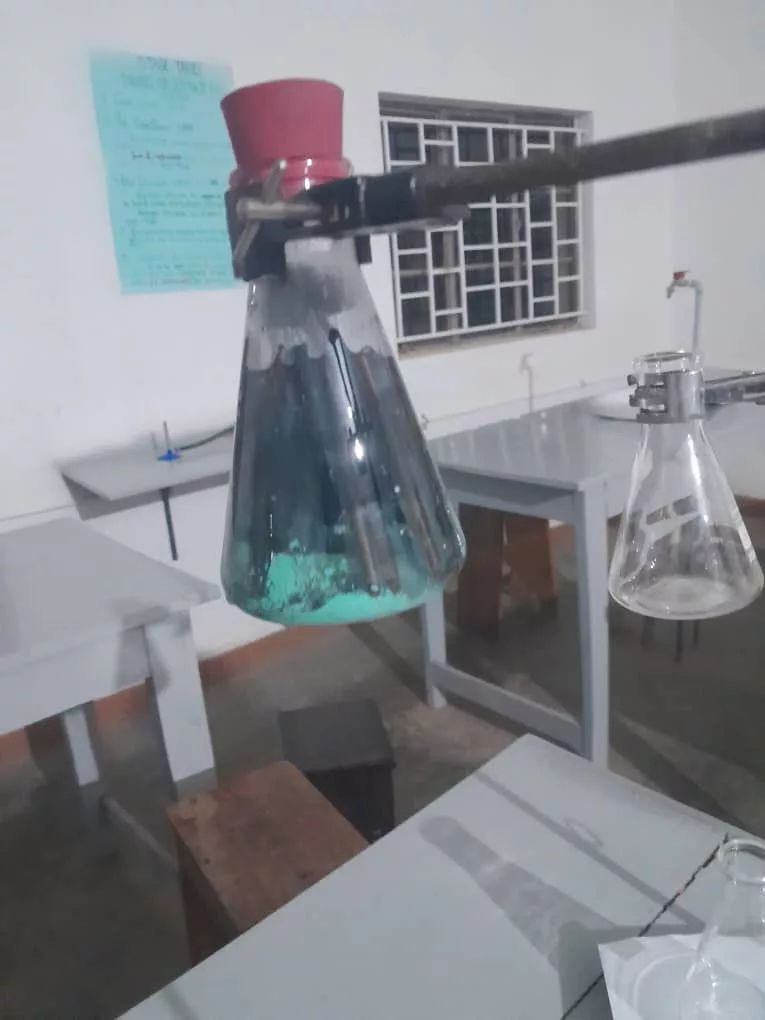
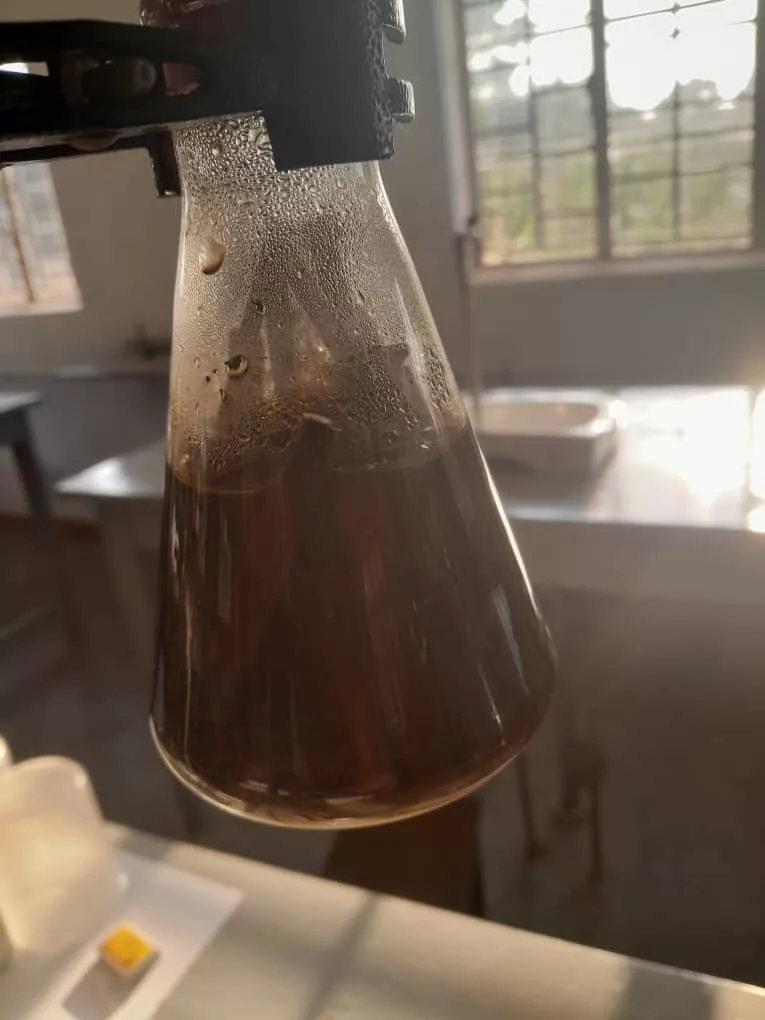
There is a direct relationship between carbonates and rusting, as observed by early scientists who studied and extensively carried out experiments about rusting.
“During the process of rusting, Iron has not only got the power to readily form Carbonates, but it can also use the carbonates as the source of oxygen, in case of oxygen deficiency conditions.”
SSONKO’S EXCLUSIVE CARBON CAPTURE (SECC).
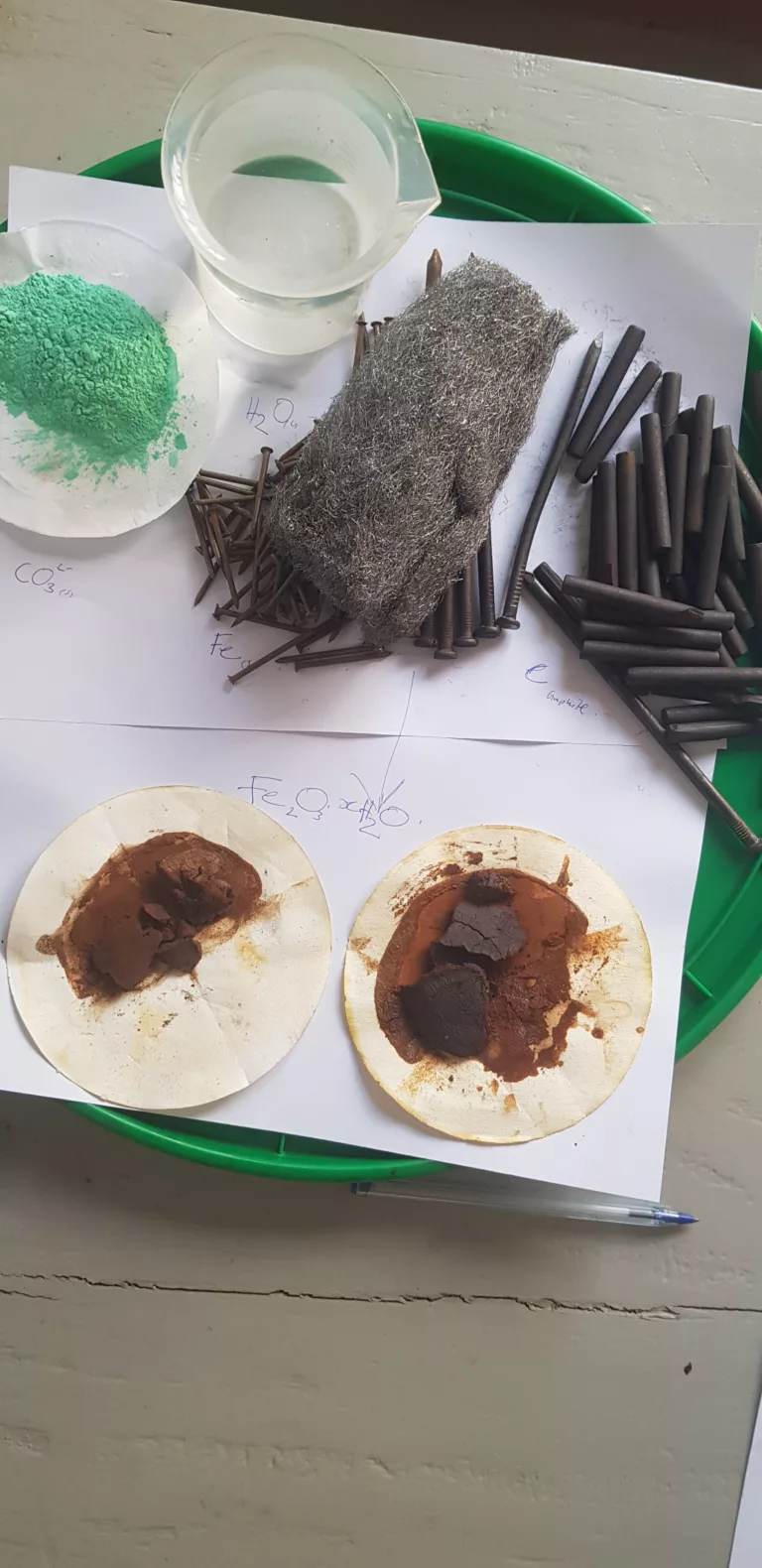
The Carbon is totally separated (excluded) from Oxygen and the method is unique hence the name “SECC”.
When clean iron was placed in a system containing boiled water, graphite rods, Cupric carbonate and oil added on top of water to prevent oxygen from outside; and the system made anaerobically air tight; Rusting took place at a very high rate (15 minutes).
The excess carbon dioxide gas undergoes through four main stages.
STAGE 1: PURIFICATION.
The fumes from industries, and power reactors are not allowed to escape into the space.
They are immediately directed into various chambers to be trapped or stored into simple compounds; which are easier to handle than dealing with a gas directly.
The fumes are scrubbed through water and soda caustic, in various containers to increase efficiency.
The products will be carbonic acid, and soda carbonate.
STAGE 2. COPPER (II) CARBONATE PRECIPITATION.
Iron is higher than copper in reactivity series, so iron can easily attack copper.
Soda carbonates formed from stage one are reacted with cupric sulphate, to precipitate out malachite.
STAGE 3: CARBON DIOXIDE GAS DENATURING.
The carbon dioxide gas, trapped in a carbonate is fed into the reactor; containing water, iron, and graphite.
Iron forms ferrous hydroxide, which later attacks the carbonate and reduces it to copper metal and carbon.
A yellow pigment stains the walls of the reactor. This pigment is a strong yellow dye.
The reactor is so powerful, that the system turns red in about 10 minutes.
The electrodes were plated with copper metal.
STAGE 4: IRON RECOVERY.
The oxide of iron (III), reacts with hydrogen gas to reduce it to pure Iron metal.
Iron can be separated from copper and charcoal by an electromagnet.
The iron can then be returned into the system for another cycle.
